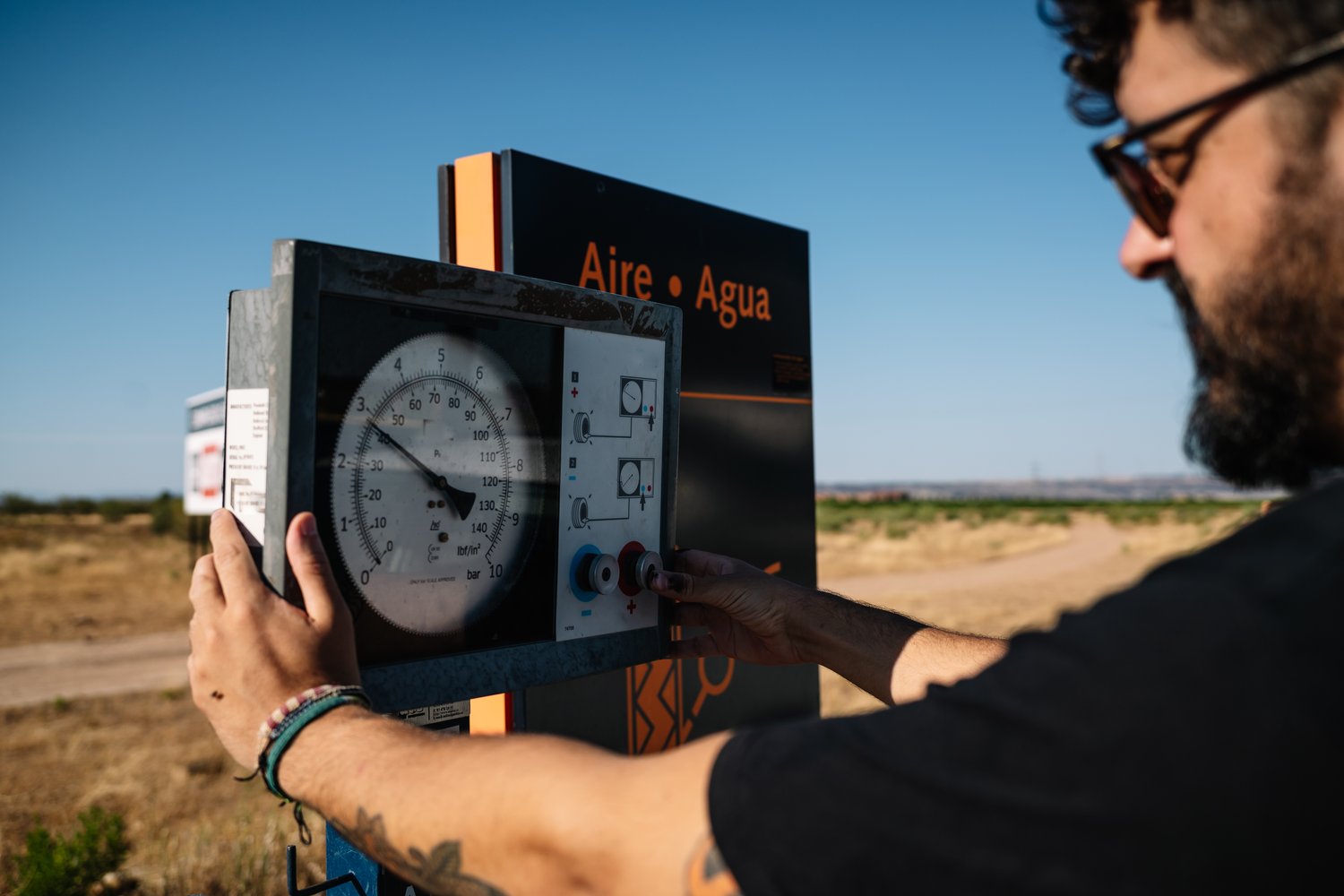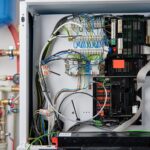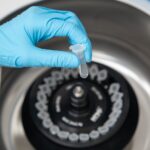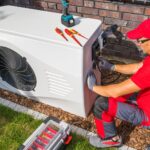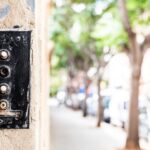Every home weather station owner knows the frustration of seeing inexplicable data anomalies. These discrepancies can undermine the value of your weather station investment. Understanding the factors that lead to sensor inaccuracies and addressing transmission challenges are crucial steps toward ensuring reliable and consistent weather data collection.
- Explore the environmental factors and calibration issues affecting sensor accuracy in home weather stations.
- Discover effective methods to enhance sensor precision and ensure accurate data readings.
- Identify common transmission challenges such as interference and range limitations, and find solutions to overcome them.
Understanding and mitigating these issues will equip you with the knowledge to enhance your weather station’s performance, providing you with precise and reliable weather forecasting. Dive into the article for expert insights.
Understanding Home Weather Station Data Errors: Sensor Accuracy Challenges
Accurate weather data collection is vital for anyone relying on home weather stations for personal or professional purposes. However, several factors can affect the sensor accuracy, leading to data errors that compromise the reliability of weather forecasts. Understanding these challenges is the first step in addressing them effectively.
Environmental influences play a significant role in sensor data discrepancies. Temperature sensors, for instance, can be affected by direct sunlight, which heats the casing and skews readings. For accurate temperature measurements, it is essential to shield sensors appropriately without obstructing airflow.
Humidity sensors are sensitive to environmental conditions such as condensation and pollution. Exposure to these elements can lead to false readings, making it crucial to place sensors in positions that minimize exposure while still allowing for adequate sampling of ambient air.
Calibration issues often contribute to sensor data errors. Over time, sensors can drift due to wear and tear, leading to inaccurate data collection. Regular calibration is necessary to ensure sensors maintain their precision. It is also important to use appropriate calibration tools and reference standards that are traceable to national metrological institutes.
Additionally, location plays a significant role in sensor accuracy. Proximity to buildings or vegetation can create microclimates that differ from broader regional conditions, affecting sensor readings. Selecting a suitable installation site can help mitigate these influences and improve overall data reliability.
Improving Sensor Accuracy in Home Weather Stations
Enhanced accuracy in home weather stations can be achieved through several effective practices. These measures not only ensure precise data collection but also extend the lifespan of the equipment.
One effective approach is to invest in high-quality sensors. While this might initially seem costly, premium components often deliver more consistent performance and are better equipped to handle a range of environmental conditions.
Regular maintenance and cleaning can also prevent data anomalies. Removing dust, dirt, and debris from sensors ensures unhindered function and accurate data capture. Establishing a routine maintenance schedule helps maintain sensor integrity and efficiency.
The application of standardized shielding for temperature sensors reduces exposure to sunlight and precipitation. Radiation shields, for example, can significantly improve sensor performance by maintaining optimal operation temperatures within the sensor casing.
It is vital to systematically review and adjust sensor locations. Moving sensors if environmental changes occur, such as the growth of nearby vegetation or new constructions, can sustain accurate and trustworthy data output.
Finally, leveraging technology advances can help improve accuracy. Many modern weather stations come equipped with automatic calibration features, which continuously adjust settings to ensure sensors operate within specified tolerances.
By implementing these best practices, homeowners can significantly enhance their home weather station’s precision, facilitating reliable weather forecasting that meets both personal and professional needs.
Addressing Home Weather Station Data Errors: Transmission Issues
Home weather stations offer a wealth of environmental data, but their reliability can be affected by transmission issues. These issues, like signal interference and range limitations, can distort accurate weather reporting. Recognizing and resolving these challenges is crucial for ensuring precise and timely data collection.
Signal interference is a prevalent problem that can disrupt the transmission of data between your weather station’s sensors and the main console. This interference often stems from nearby electronic devices, such as Wi-Fi routers or microwave ovens, that operate on similar frequencies. To mitigate this issue, position your weather station sensors at a safe distance from these devices.
Another significant challenge is the range limitation. Most home weather stations have a limited range within which the sensors can effectively transmit data. This range can be affected by physical obstructions and environmental conditions like walls, trees, or even heavy rain. To overcome range limitations, consider using signal boosters or repeaters to extend the range. Additionally, strategically placing sensors in open areas can minimize obstructions.
Moreover, the choice of placement for optimal signal strength cannot be overstressed. Ensure that your weather station’s main console and sensors are positioned in locations with minimal obstacles. Conduct regular signal strength tests to determine the best arrangement for your setup.
By enhancing the transmission capabilities of your home weather station, you can significantly improve its data accuracy and reliability. Regular maintenance checks and periodic adjustments will aid in sustaining its performance and enhancing your overall weather forecasting abilities.
Frequently Asked Questions About Home Weather Station Data Errors
Why is my weather station data inaccurate?
Inaccuracies can stem from sensor calibration issues, environmental factors, or interference with transmissions.
How can I improve sensor accuracy?
Regularly calibrate your sensors and ensure they are free from any physical obstructions or debris.
What causes transmission issues in weather stations?
Common causes include interference from electronic devices, physical barriers, and too much distance between components.
How can I prevent transmission errors?
- Minimize obstacles between sensors and the main unit
- Reduce the distance if possible
- Use higher quality transmission components
Can weather conditions affect sensor performance?
Yes, extreme weather conditions like heavy rainfall or snow can impact sensor functionality.
What’s the best position for a weather station sensor?
Ensure sensors are placed in open areas away from direct sunlight or heat sources to avoid skewing the data.

